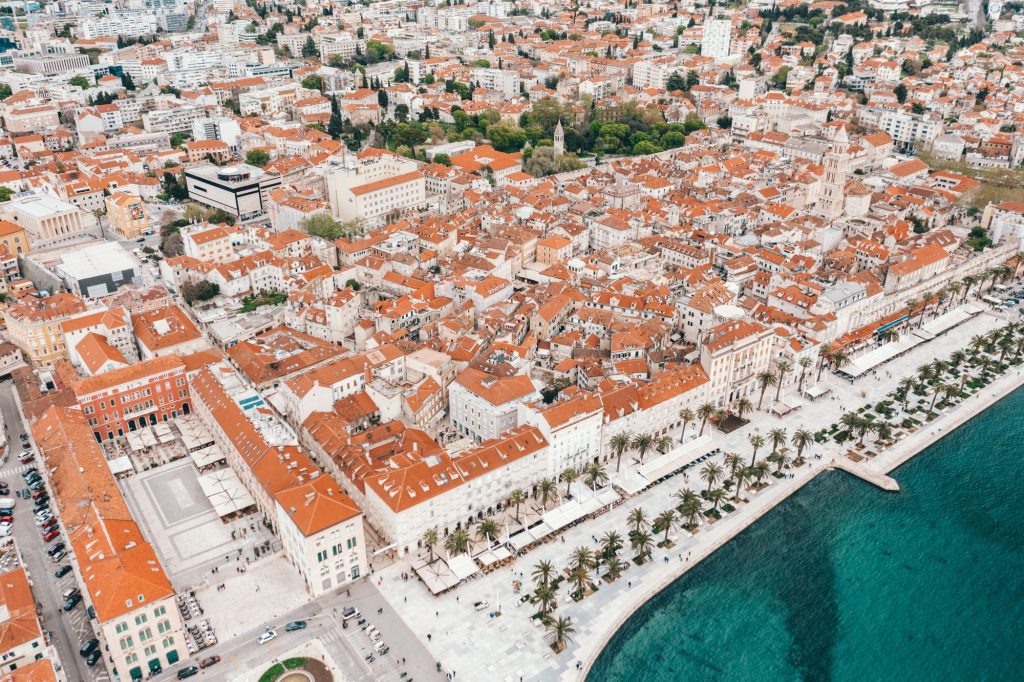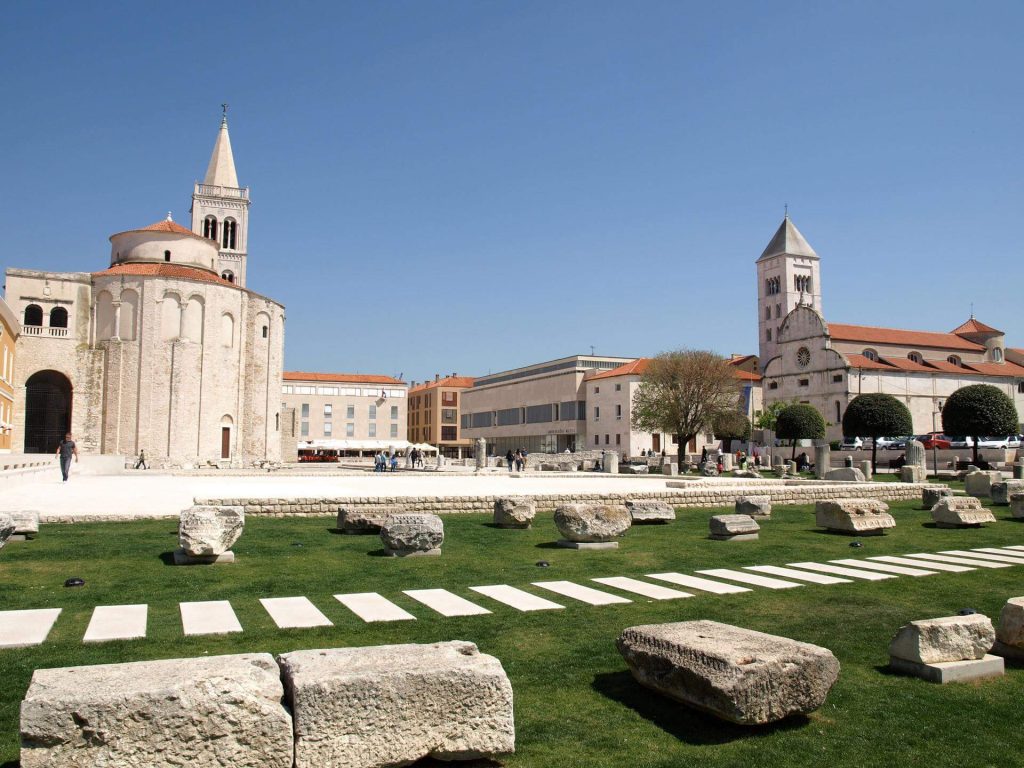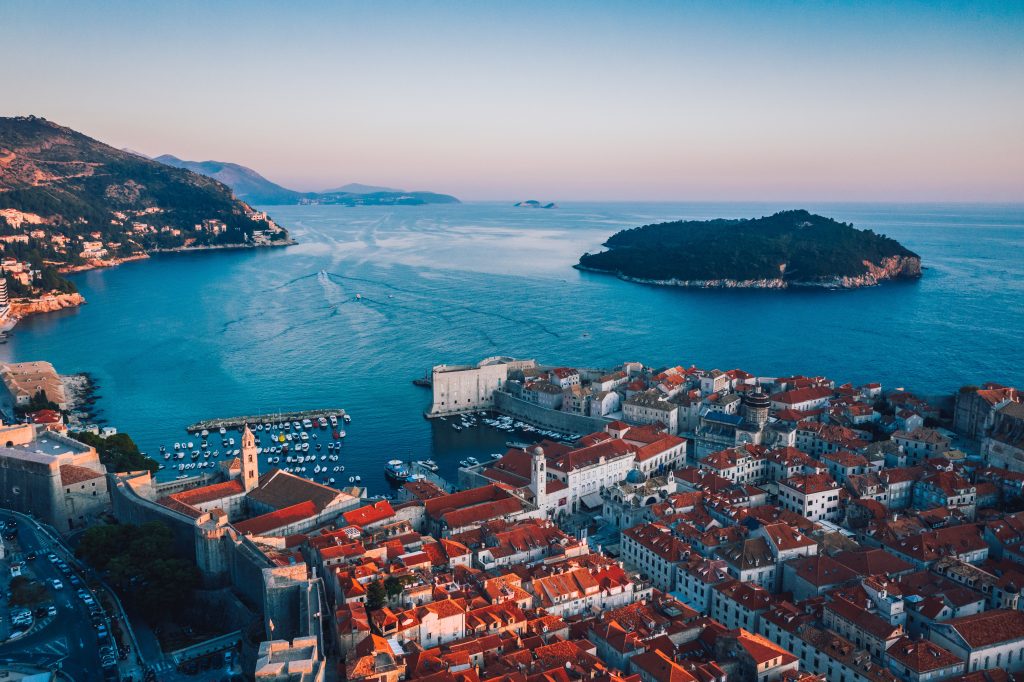November 4, 2023 – Preliminary data from the eVisitor system, which contains tourist traffic achieved in commercial and non-commercial facilities and nautical charters (eCrew system) was published for the period from January to the end of October. Croatia records almost 20 million arrivals (19.8) and over 105 .8 million overnight stays.
Compared to the same period last year, this represents a growth of 9 percent in arrivals and 3 percent in overnight stays. It is also equal to the record year 2019, states the Croatian Tourist Board.

“We are nearing the end of another very challenging tourist year, but the dynamics and intensity of tourist traffic, which continues to take place in our country, is the best indicator of the growth and better recognition of Croatia as an attractive year-round tourist destination. In terms of promotion, we are still very active in many foreign markets. A campaign for the promotion of nautical sports is currently underway, while after that a campaign is planned with the aim to encourage new bookings for next year. I also remind you of the appearance and presentation of Croatia at WTM in London, one of the most important world tourism fairs, where 23 co-exhibitors, i.e. Croatian tourist entities, will be presented at the HTZ stand”, said Kristjan Staničić, director of the Croatian Tourist Board.

As for the specific counties, during the first ten months, the most arrivals were recorded in Istria (4.9 million arrivals, +5% compared to 2022), Split-Dalmatia County (3.8 million arrivals, +11% compared to 2022), Kvarner (3.1 million arrivals, +5% compared to 2022), Zadar County (2 million arrivals, +6% compared to 2022), Dubrovnik-Neretva County (2 million arrivals, +18% compared to in 2022), Šibenik-Knin County (one million arrivals, +3% compared to 2022) and Lika-Senj County (752 thousand arrivals, +14% compared to 2022). In Zagreb, 1.1 million arrivals were realized, which is 21 percent more than last year, while across the rest of continental Croatia, more than one million arrivals were realized – 15 percent more than last year.
“The excellent results of the postseason confirm that Croatia is increasingly recognized on the market as a year-round destination and a clear indication that we must continue to develop our tourism in this direction. Through the strategic and legal framework and secured financial resources for the new investment cycle, the Government of the Republic of Croatia has created all the prerequisites for our tourism to be competitive in the future, and activities for the preparation of the new tourist year have already begun on all markets,” said Nikolina Brnjac, Minister of Tourism and Sports.

In terms of destinations, the most arrivals during the first ten months were recorded in Dubrovnik, Zagreb, Split, Rovinj, Poreč and Zadar. In terms of markets, in the first ten months, the most arrivals were recorded from the German market (3.3 million arrivals), Croatia (2.5 million arrivals), Slovenia (1.6 million arrivals), Austria (1.6 million arrivals) and Poland (1.1 million arrivals).
In October alone, 1.1 million arrivals and 3.6 million overnight stays were recorded.
According to the data of the eVisitor system, in October there were a total of 1.1 million arrivals and 3.6 million overnight stays in Croatia, which represents a 13 percent increase in arrivals and 11 percent in overnight stays compared to last year.
At the same time, 844 thousand arrivals and 3.2 million overnight stays were recorded in October in the Adriatic counties, which represents a growth of 12 percent compared to last year, while 119 thousand arrivals (+18% compared to last year) and 226 thousand overnight stays were recorded in Zagreb. (+6% compared to last year). In the rest of continental Croatia, 102 thousand arrivals were recorded (+14% compared to last year), as well as 195 thousand overnight stays (+8% compared to last year).
The most arrivals in October were domestic guests (214 thousand arrivals), guests from Germany (153 thousand arrivals), Slovenia (80 thousand arrivals), Austria (78 thousand arrivals) and the USA (63 thousand arrivals).











